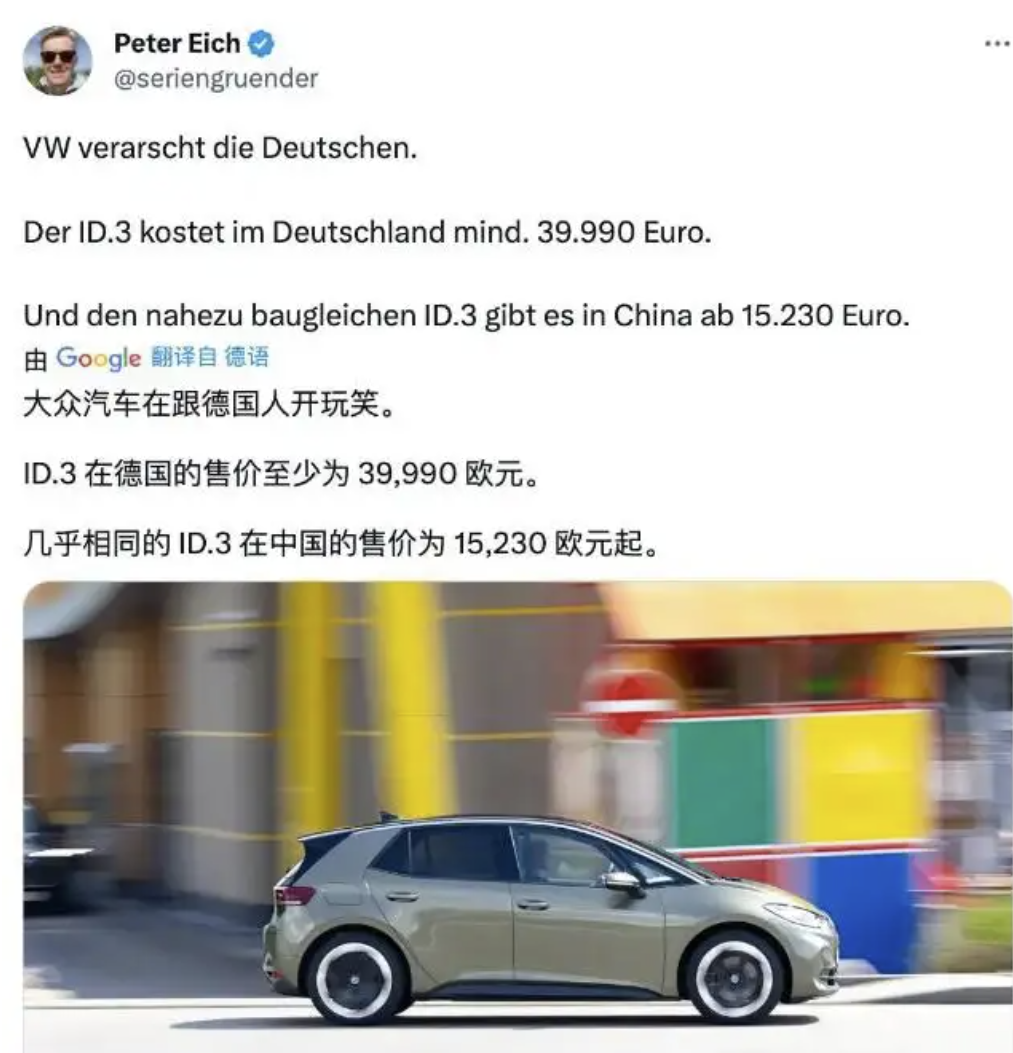“This agreement creates a win-win situation for both Europe and China in the electric vehicle sector.”
– European Commission President Ursula von der Leyen
1. Introduction
In a strategic trade policy shift, the European Union (EU) and China finalized an agreement replacing punitive tariffs on Chinese electric vehicles (EVs) with a minimum price requirement. Instead of additional taxes, all Chinese cars entering Europe must now retail at €35,000 ($37,500) or higher. This pivot opens premium market opportunities for Chinese automakers while marking a diplomatic realignment away from U.S. trade strategies.
The deal’s timing coincides with former U.S. President Donald Trump’s aggressive tariff policies, which inadvertently pushed the EU toward closer economic ties with China.
2. Why the EU Changed Its Policy
A. Rising U.S.-EU Tensions
Last year’s 35.3% tariffs on Chinese EVs aimed to protect European automakers and align with U.S. policies. However, Trump’s unpredictable tariffs on EU goods created a tipping point.
B. China’s Compromise Proposal
China initially proposed a €30,000 minimum price in 2024, which the EU rejected. Renewed talks in 2025 led to the €35,000 threshold—a strategic move to balance market access with domestic protection.
3. How the Minimum Price System Works
- Universal €35,000 price floor across all Chinese EV models
- Replaces previous tariffs that inflated prices artificially
- Targets premium market segment while deterring low-cost competition
4. Why This Benefits Chinese Automakers
A. Profit Margins Soar
BYD’s high-end models like the Han EV can now compete directly with European luxury brands.
B. Brand Prestige Boost
Price parity with European rivals helps shed China’s “budget brand” image.
C. Market Stability
Prevents price wars that could devalue Chinese products in consumer perception.
5. The U.S. Tariff Factor
Trump’s protectionist policies created a vacuum. With no reciprocal benefits from the U.S., the EU saw merit in China’s proposal, particularly:
- Avoiding escalatory trade wars
- Securing EV technology partnerships
- Diversifying supply chains away from U.S. dependencies
6. European Consumer Implications
A. Budget Segment Limitations
Entry-level Chinese EVs priced below €35,000 will no longer be available.
B. Premium Market Expansion
Consumers gain access to feature-rich Chinese EVs priced competitively against European counterparts.

7. China’s Rising EV Dominance
With 46% year-over-year export growth to the EU in early 2025, Chinese manufacturers are:
- Establishing local production hubs
- Innovating battery and smart technologies
- Positioning for long-term market leadership
8. Conclusion
The EU’s strategic pivot demonstrates how geopolitical tensions reshape global trade. While European automakers retain their budget segment dominance, Chinese manufacturers have secured a premium market foothold—all accelerated by Trump-era policies that pushed the EU into China’s orbit.
